How to Make Broth a Habit (So You Always Have It On Hand!)
Making homemade broth part of my routine took years—but now, I always have it when needed. Learning how to make broth regularly and keep it on hand didn’t happen overnight—but once I figured out a system, it became second nature.
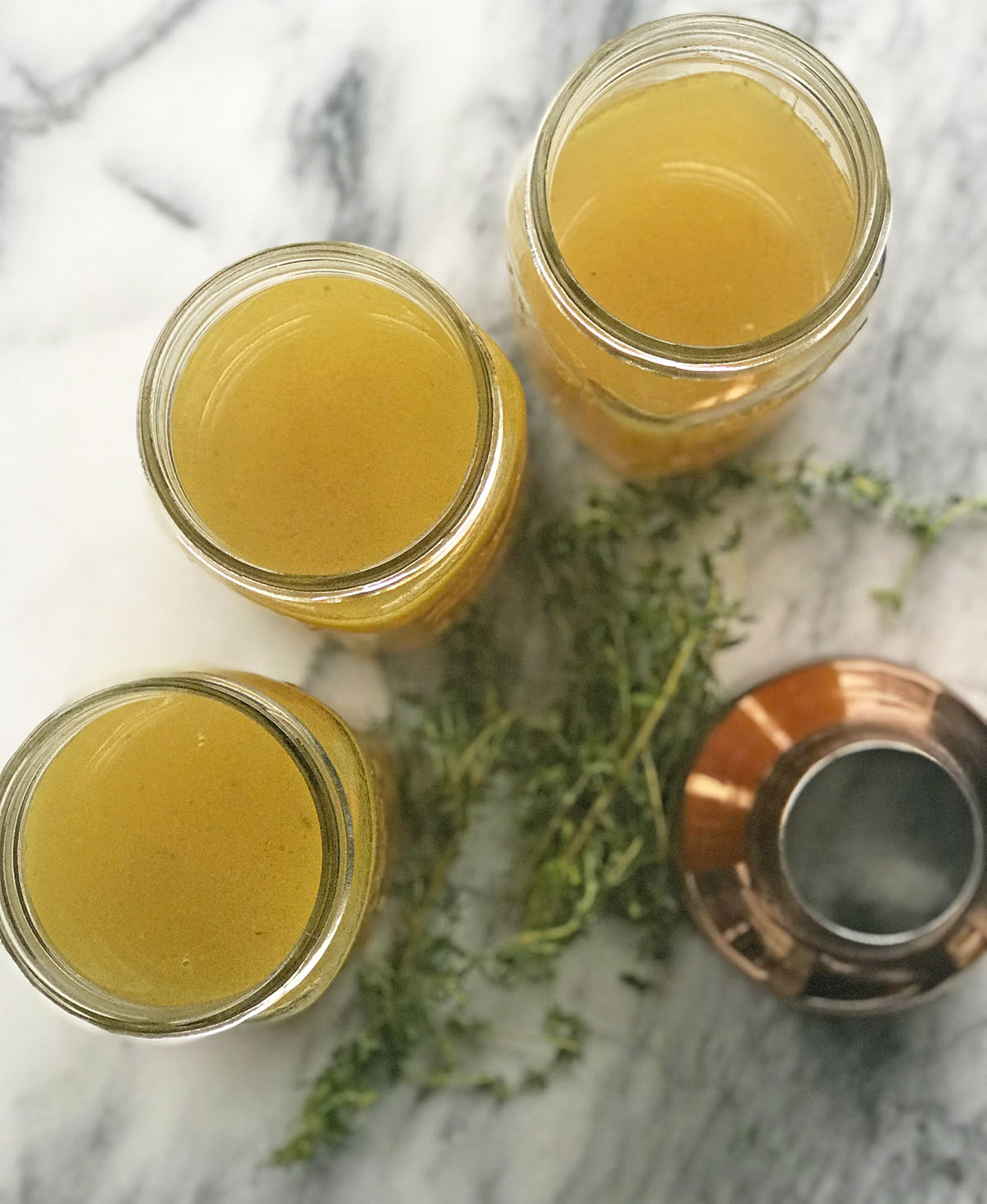
My First Attempt at Homemade Broth
For years, I struggled with making broth consistently. Sometimes, it was the upfront expense (while one could argue it’s cheaper to make your own); other times, I just needed broth immediately, and making it from scratch felt like too much.
Now, I have a simple monthly and weekly system that keeps my freezer stocked without extra effort. If you want to make homemade broth a habit, here’s how to do it in small, manageable steps.
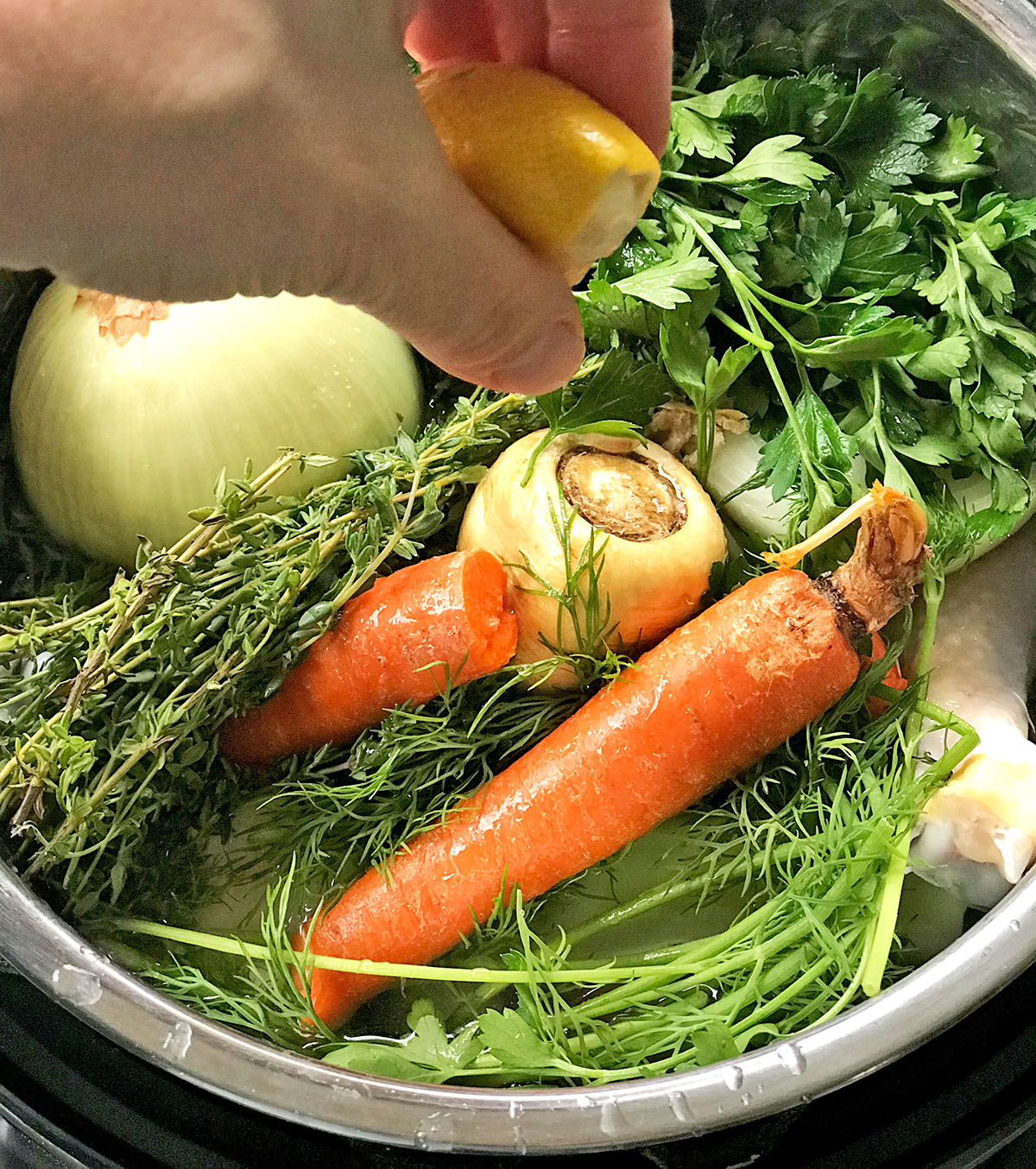
This post contains affiliate links to products I know and love. I recommend any of them for this recipe!
How to Make Broth a Habit
I’m always curious how habits stick. For me, it’s all about timing. When you’re in survival mode, making broth ahead of time is nearly impossible. It takes time and space to plan. But once I started prepping in small steps, it became second nature.
Here’s how I do it monthly, weekly, and during the holidays, so I rarely run out!
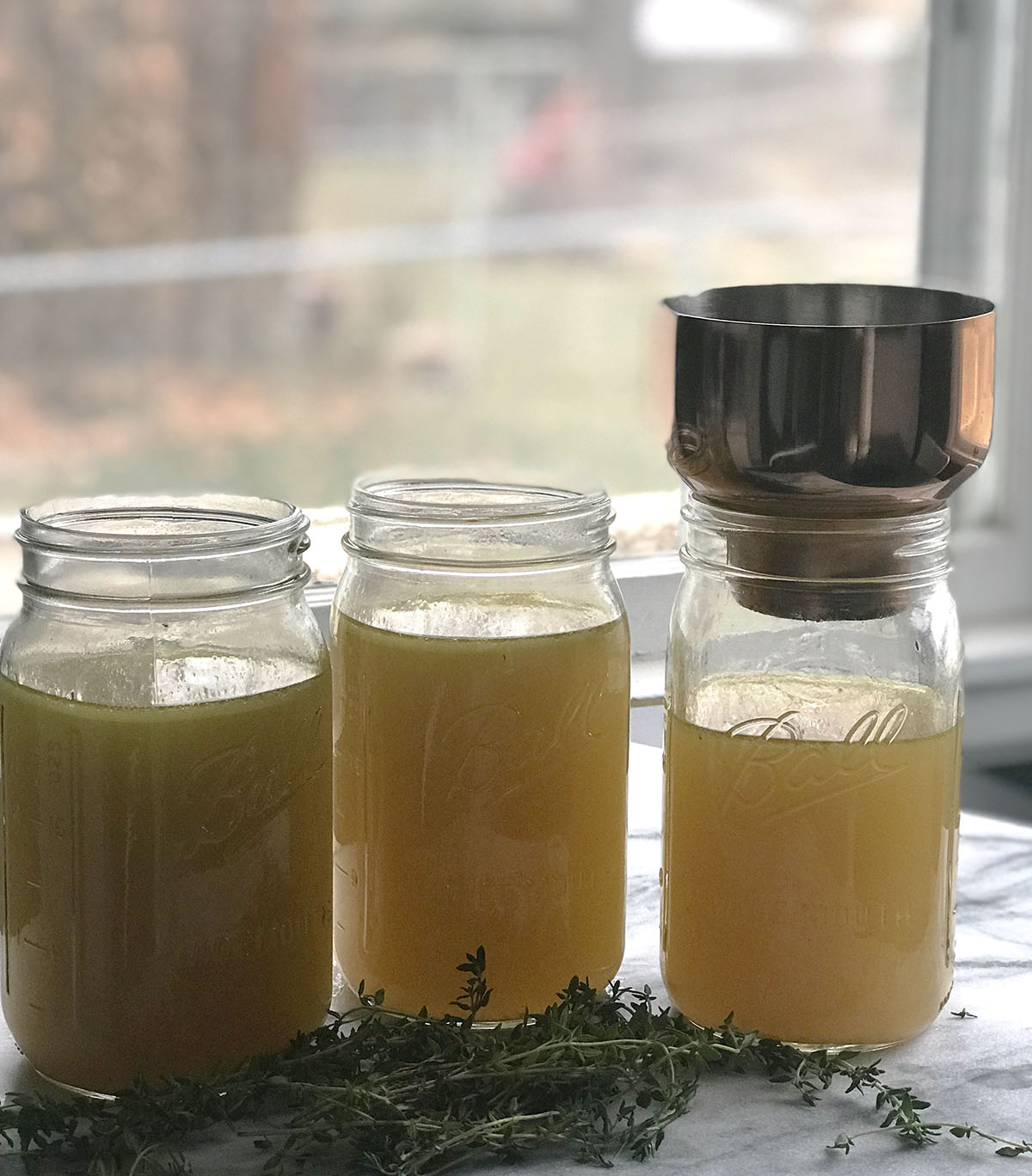
Monthly: Big Batch Broth
Once a month, I make a big batch of broth—usually a variation on Ina Garten’s chicken stock.
- I don’t fit three chickens into a pot like she suggests, but I do what works for me.
- For years, I used my 8-quart stockpot, which fit one chicken. I added water as it cooked down.
- Years ago, I bought a budget-friendly 12-quart stockpot to see if I’d use it enough to justify an All-Clad upgrade. Turns out, I never needed to—this one has lasted me for years, and I still love it!
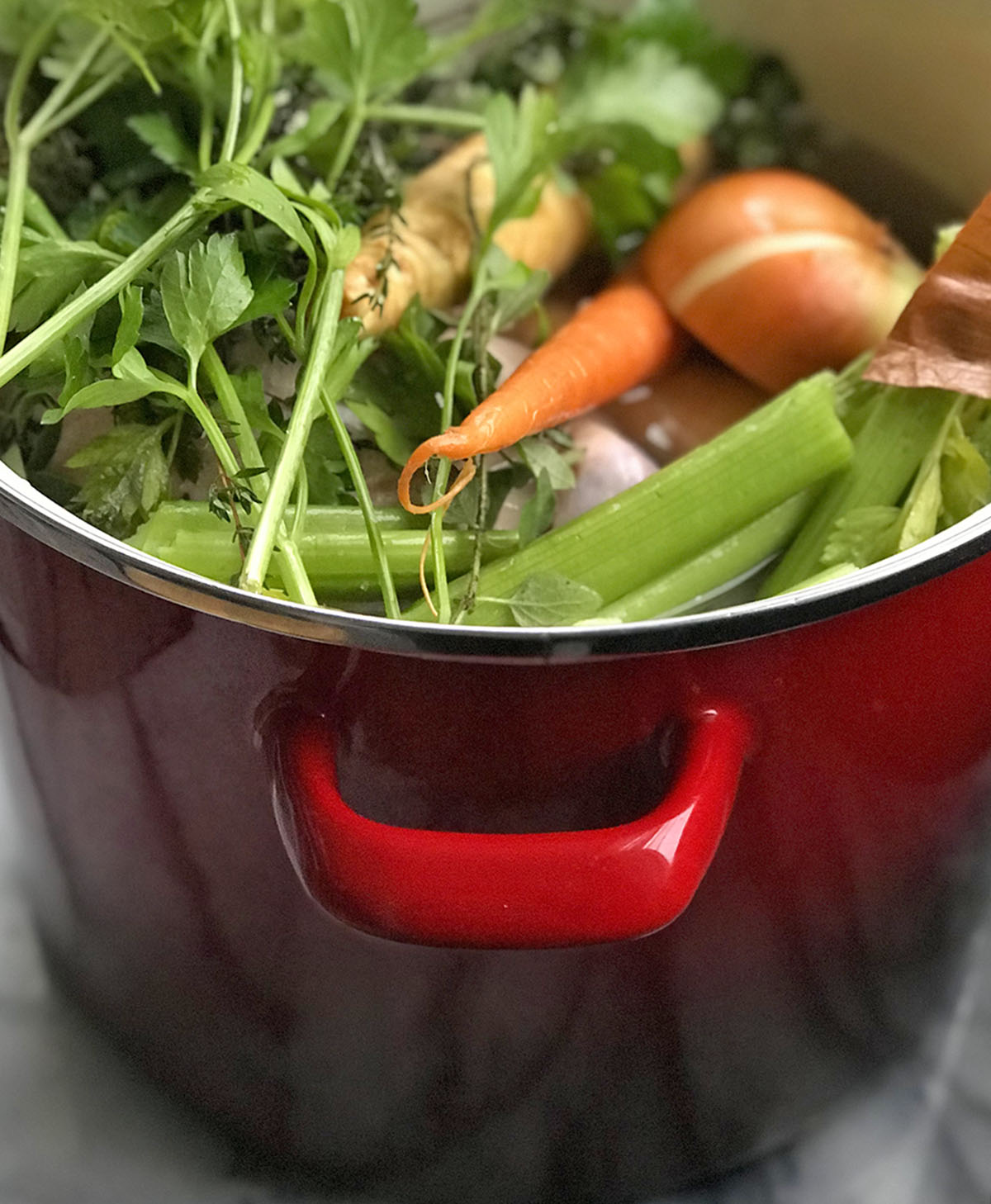
(Here’s the pot one I use now!)
Weekly: Small, Easy Broth Prep
Every week for most of the year, I do one batch of this broth using the bones I save from roasting chicken.
1. Roast Chicken for Meals & Save the Bones
- Preheat the oven to 350°F.
- Lightly rub two bone-in, skin-on chicken breasts with olive oil, salt, and pepper.
- Roast for 35-40 minutes, then let cool.
- Save the meat for salads, soups, or meal prep.
- Toss the bones, skin, and pan juices in a freezer jar or bag.
2. Save Bones From Whole Roasted Chickens
- Anytime I roast a whole chicken or bone-in chicken breasts, I save the bones in my freezer.
- I especially love the meaty ones—they add flavor later!
- Save skin, bones, and any discarded pieces.
3. Make Broth When You’re Already in the Kitchen
- Once a week, when I’m home and cooking, I pull out my stock pot or Instant Pot.
- I dump in my saved bones, veggie scraps, and aromatics (bay leaves, herbs) and let it simmer.
- Use this recipe for your method and broth basics!
Holidays: Big Batch for Cooking & Hosting
When holidays like Thanksgiving roll around, I go full broth and steam kitchen mode!
- I throw 4-6 pounds of extra meaty chicken thighs, legs, or whole chicken into my large pot with vegetables listed in my bone broth recipe.
- I let it simmer for 4-8 hours to get the deepest flavor and add more water as necessary.
- I use the rich broth to make gravy ahead of time, moisten the stuffing, baste the turkey, and, of course—save the extra to add to and make more broth from our turkey carcass.
(Speaking of Thanksgiving—here’s my favorite turkey recipe + my other family favorites!)

What’s the Difference Between Stock, Broth & Bone Broth?
Stock = More bones, long simmer, rich texture.
Broth = More meat, lighter flavor.
Bone Broth = Longest simmer (12+ hours), highest collagen content, and gels the most when chilled.
I make all of the above and call them broth or stock interchangeably.
Recipes With Broth
Want to see how I use homemade broth in my soups and recipes? Check out these favorites:
Want Holiday Support?
I offer 1-to-1 coaching to help you feel confident in the kitchen—whether hosting, planning, or just trying to make it all easier. Click here to learn more and book a session! Or, for more meal prep tips and holiday cooking ideas, sign up for my newsletter here!

Last Updated on March 10, 2025 by Heather Bursch

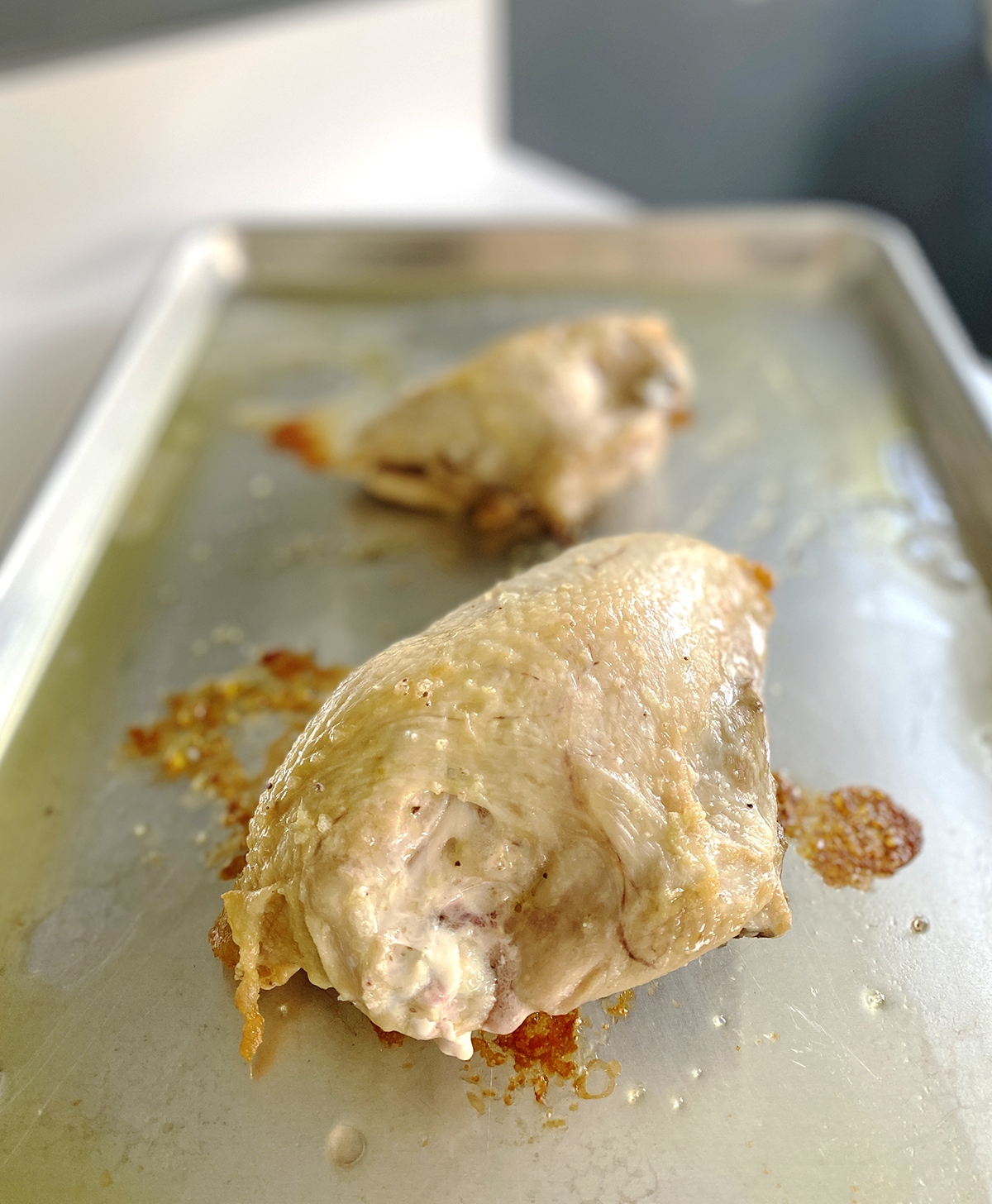
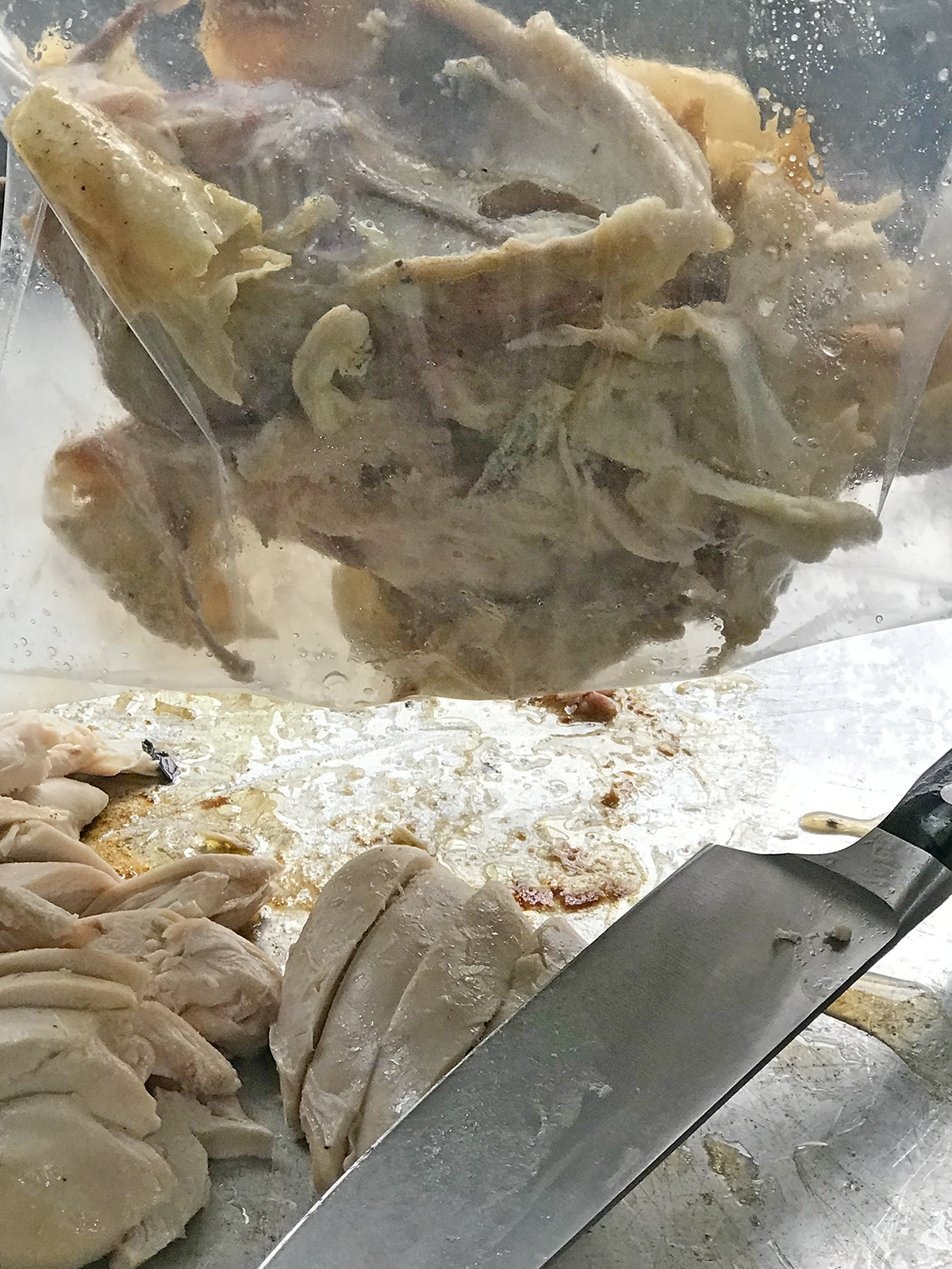
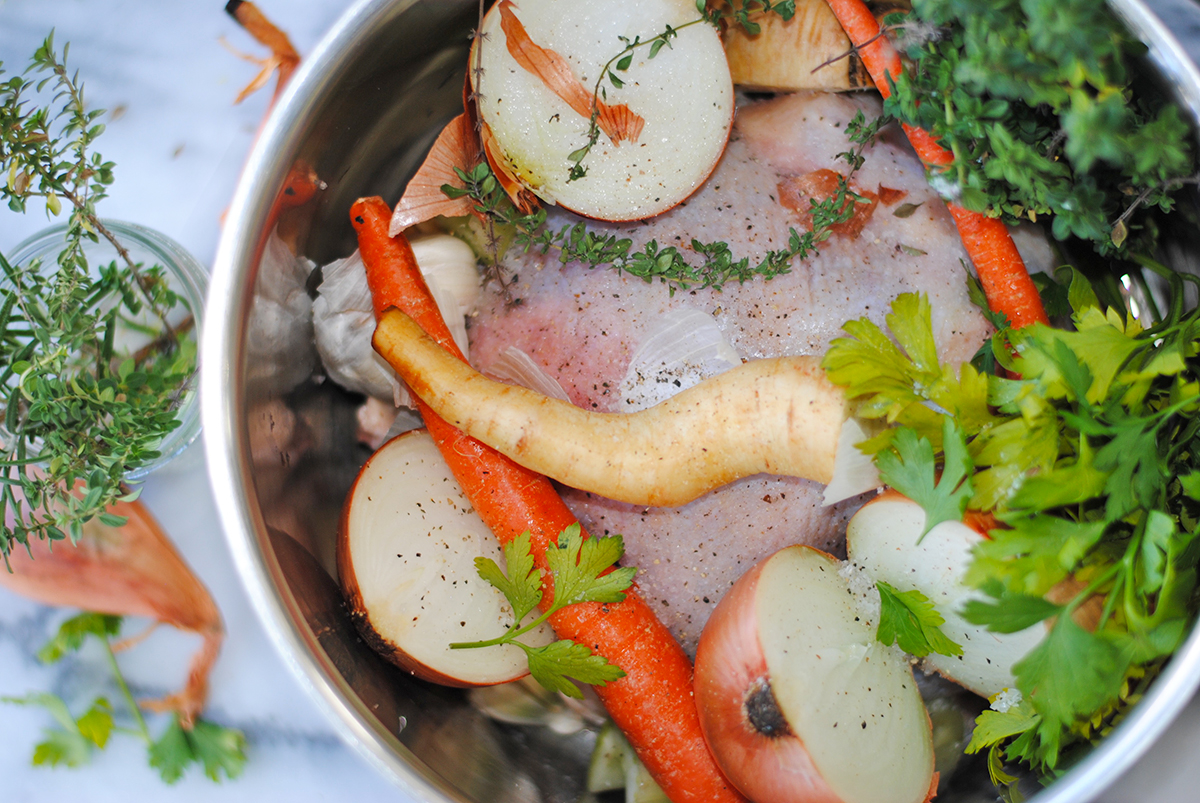
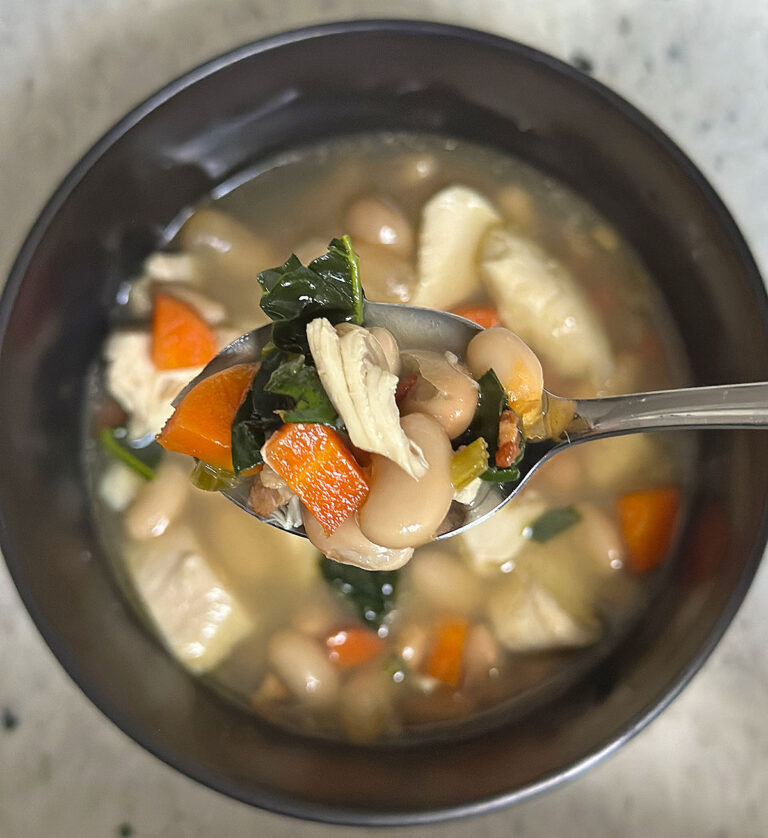
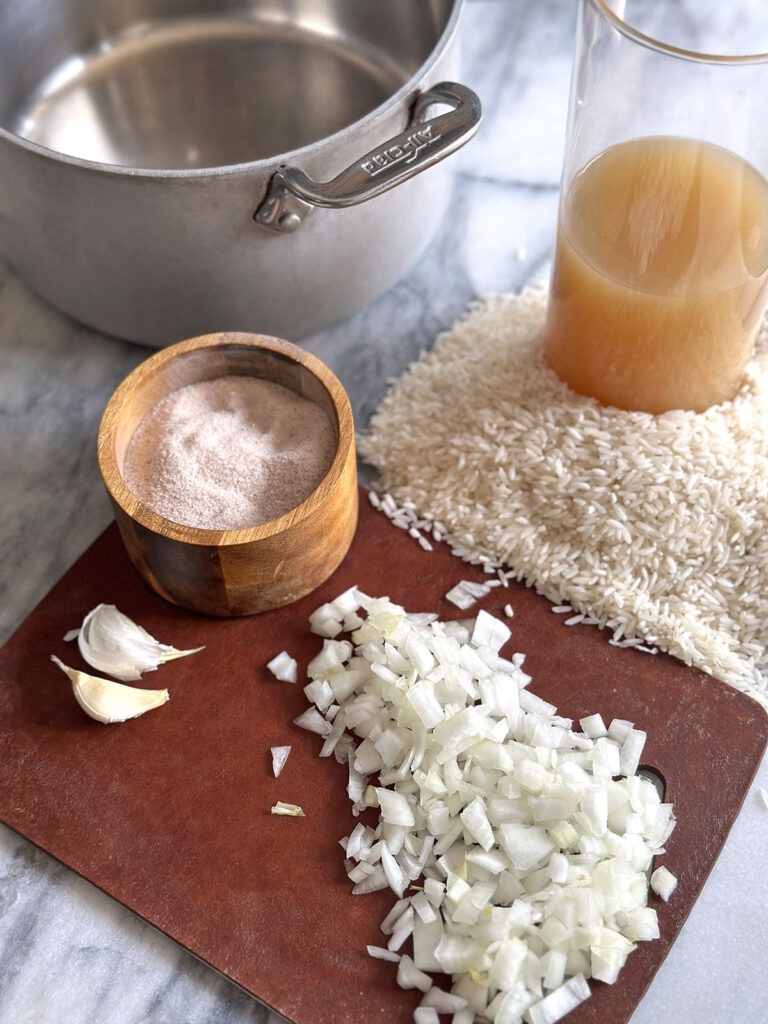
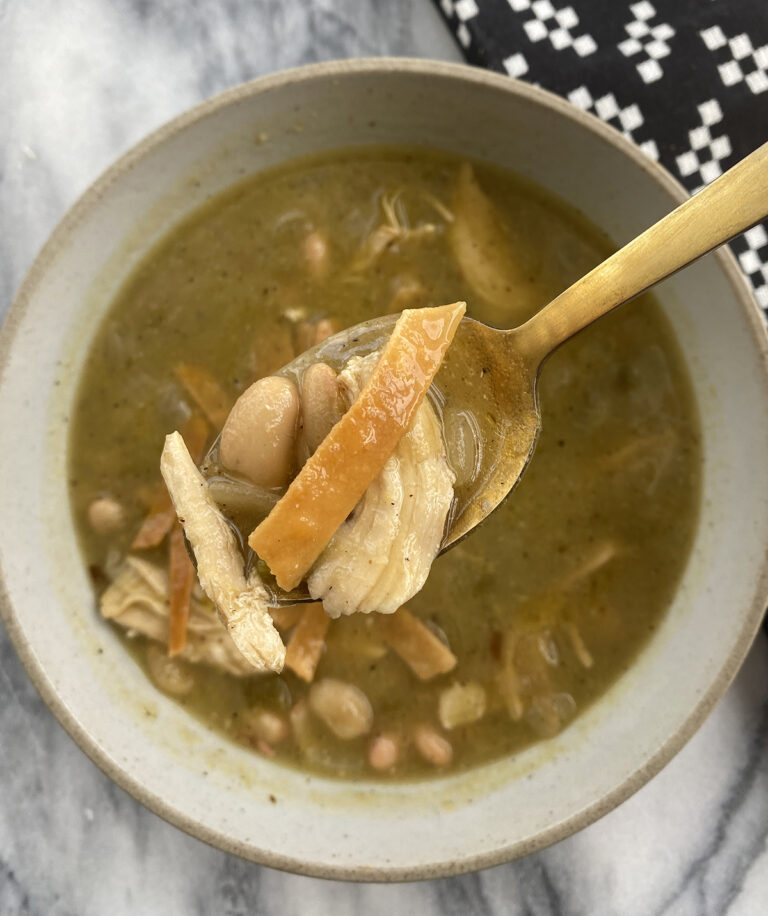
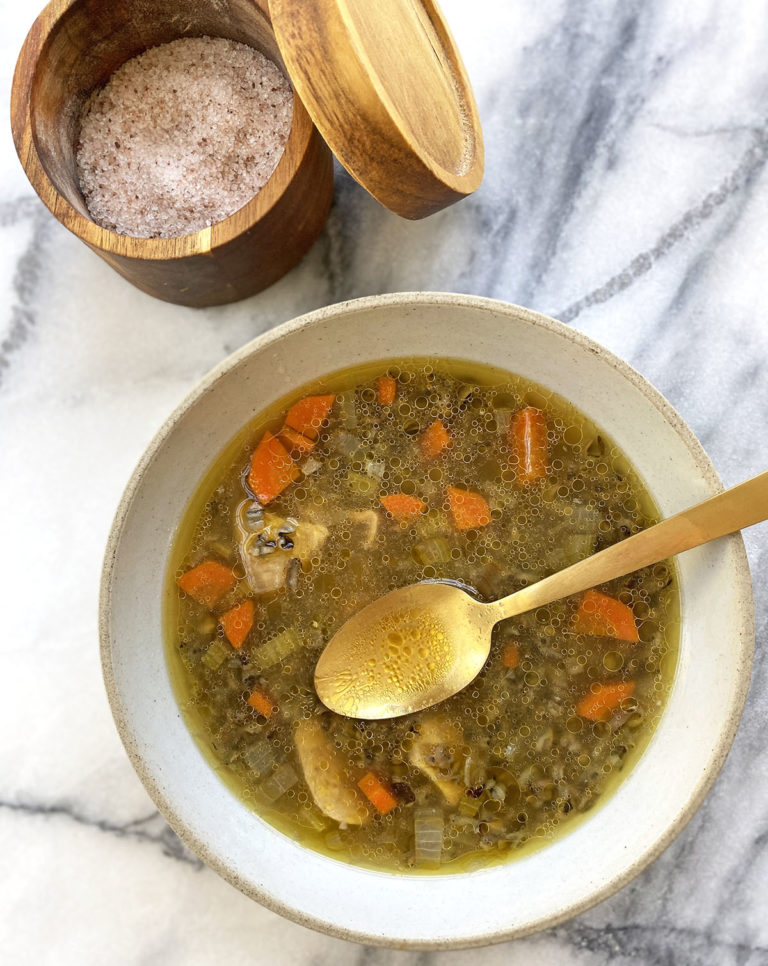
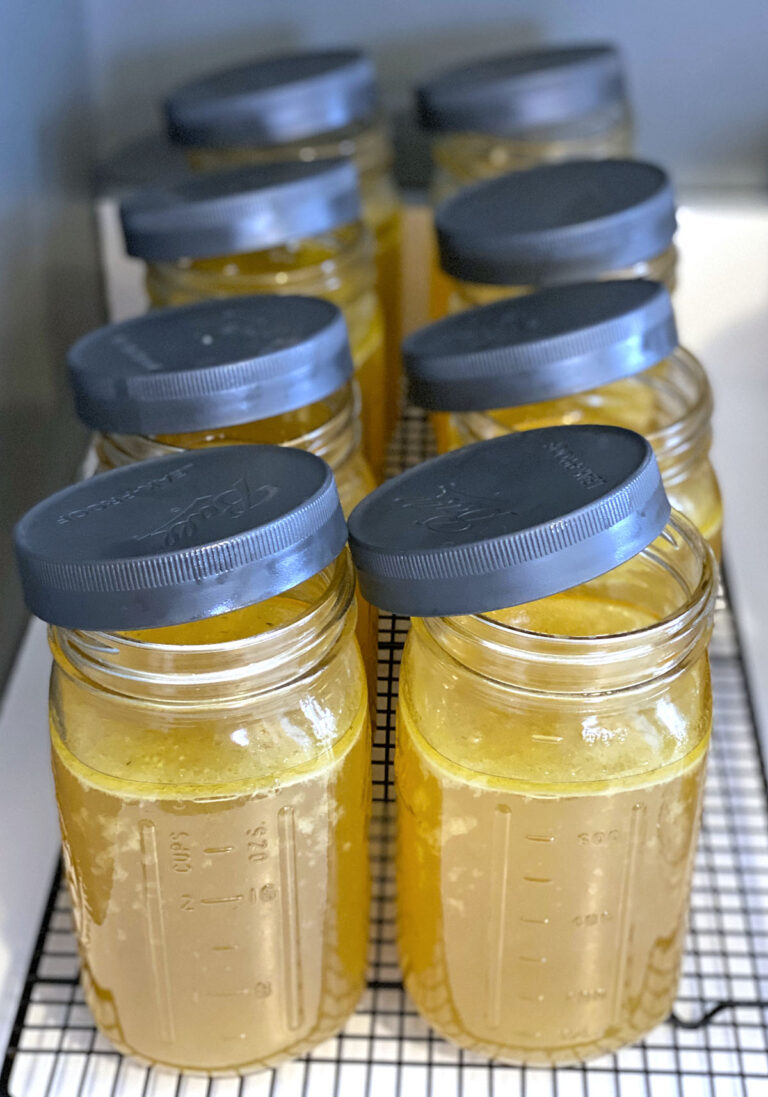
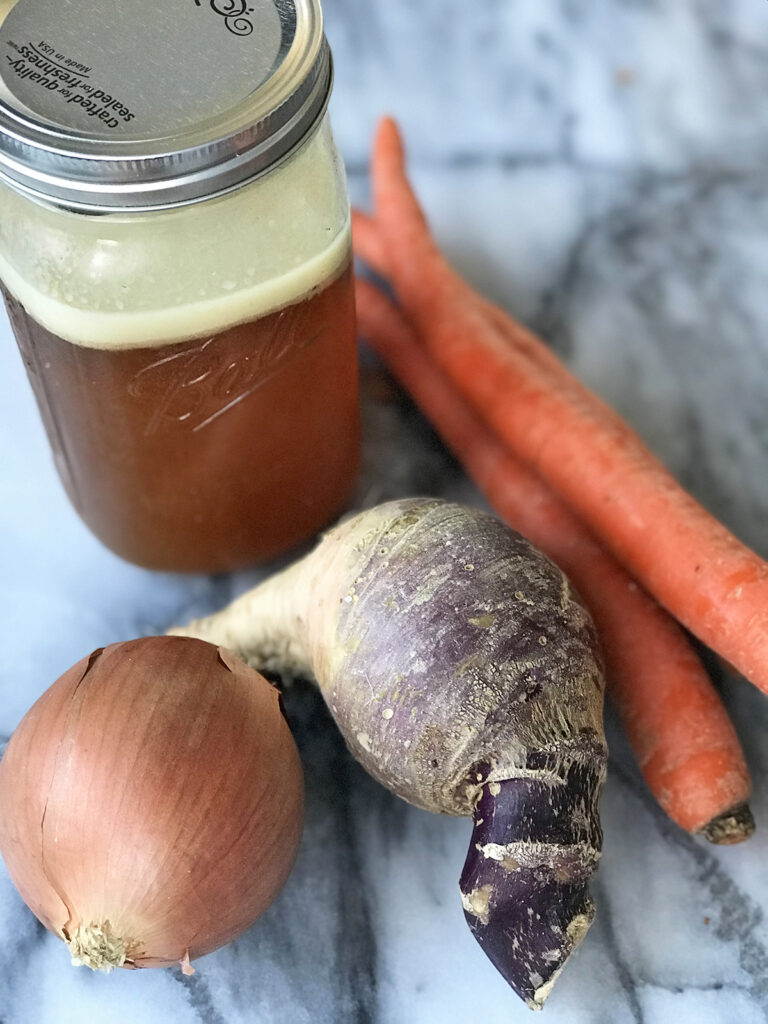
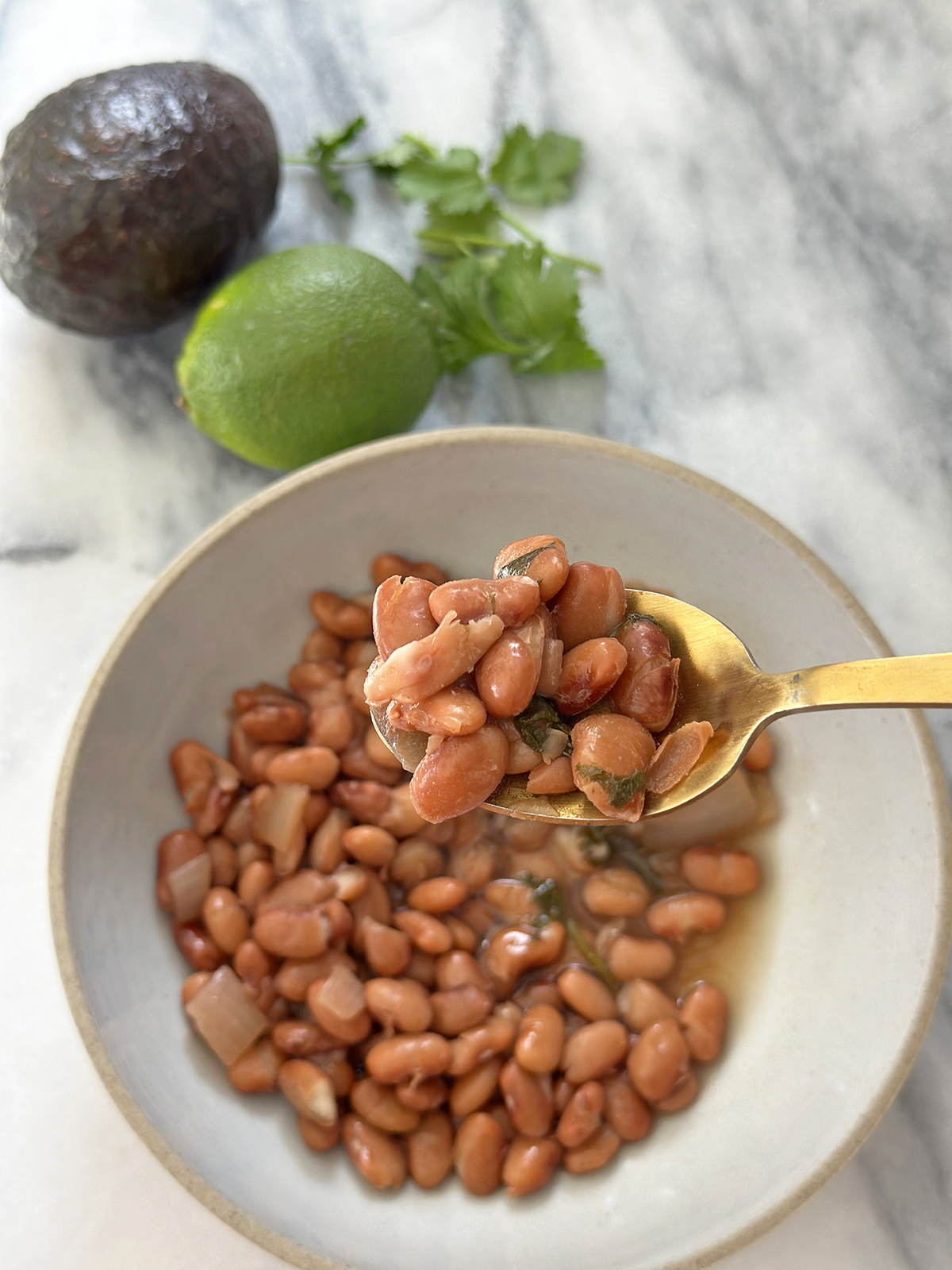
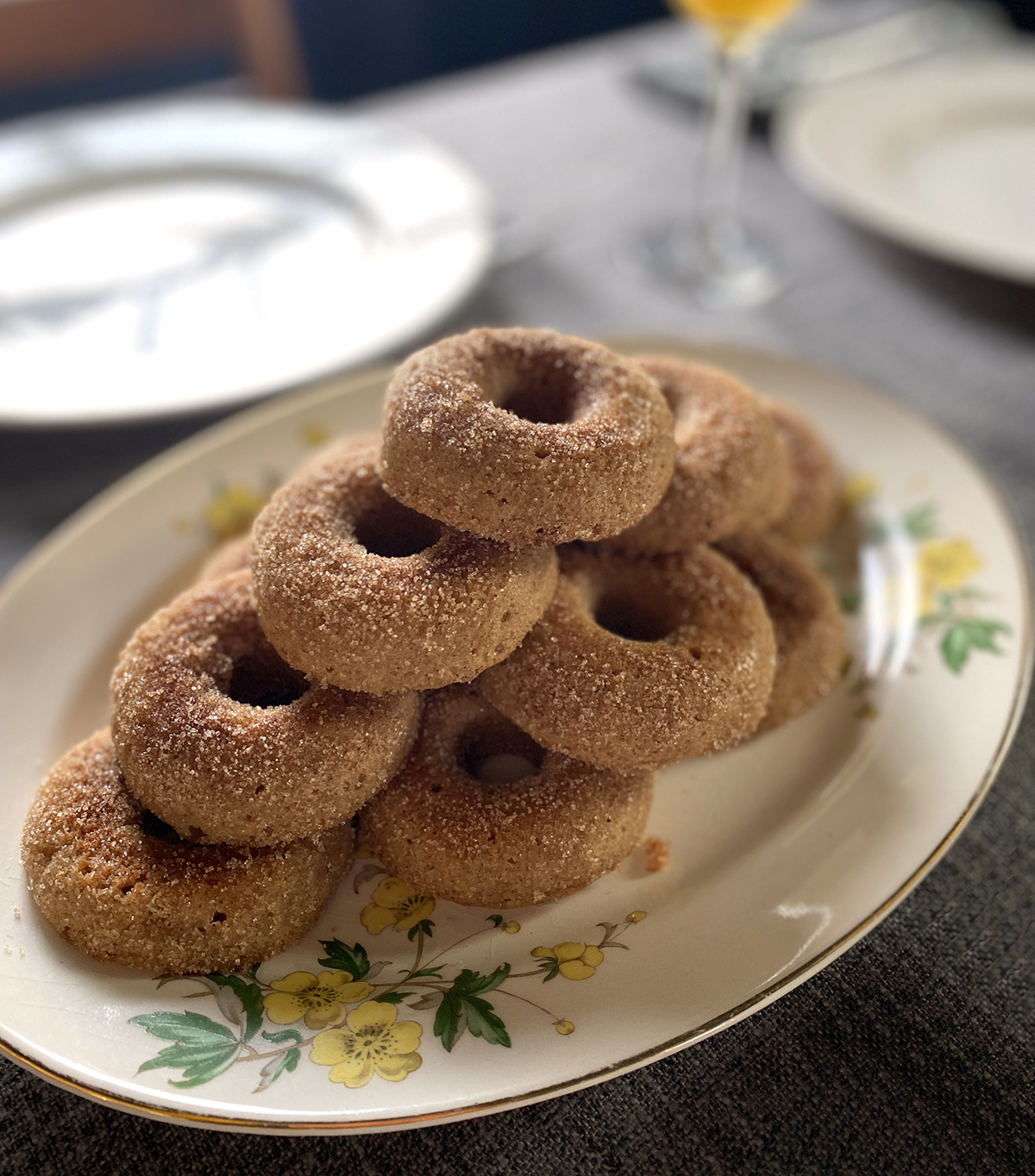
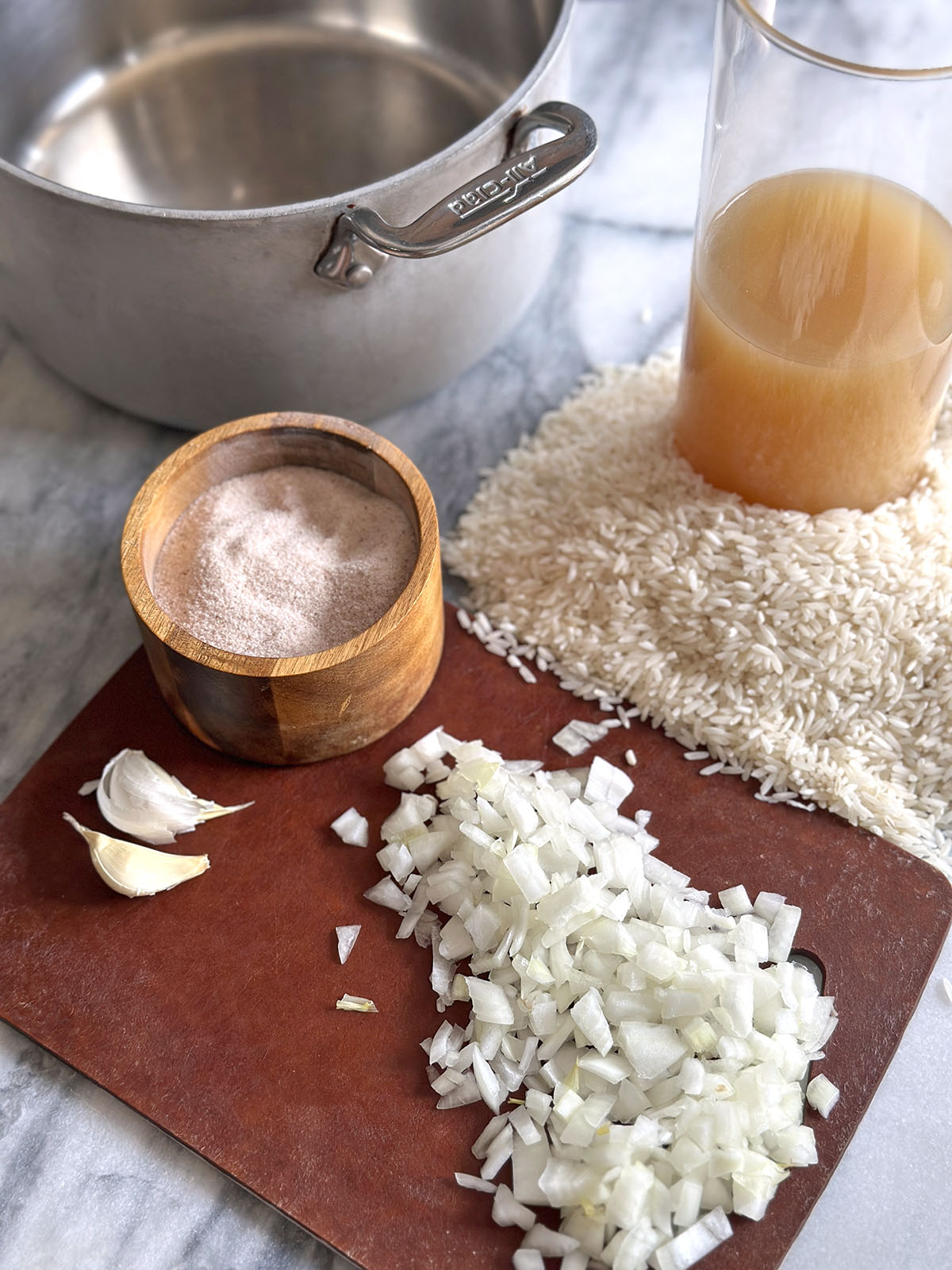
3 Comments